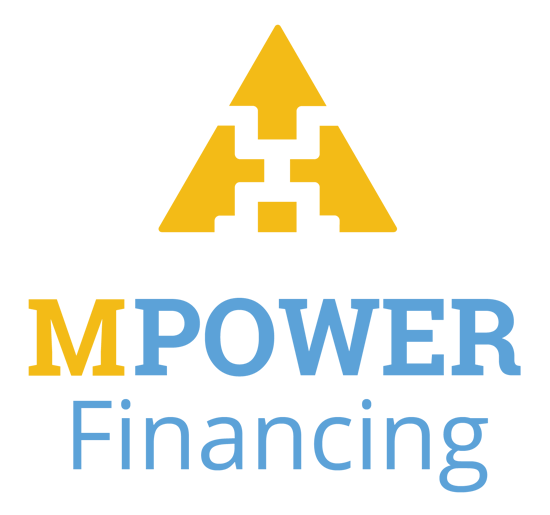Federal student loan interest rates will reach record heights for the 2024-25 school year, increasing the cost of college for people who will take out student loans, according to a May 14 Education Department announcement.
Here’s how 2024-25 federal student loan interest rates will compare to 2023-24 rates:
Undergraduate direct loans will have a 6.53% interest rate, up from 5.50%.
Graduate and professional direct loans will have an 8.08% interest rate, up from 7.05%
PLUS loans, available to parents and grad students to fill in funding gaps, will have a 9.08% interest rate, up from 8.05%.
Since 2006, all federal student loans have fixed interest rates. Undergraduate direct loan interest rates haven’t been this high in 16 years, since the 2008-09 academic year. (The standing record is 6.8%, for loans disbursed between 2006 and 2008.) Interest rates on direct graduate loans and PLUS loans have never been this high.
The upcoming federal interest rate hikes may also affect students already dealing with major FAFSA errors and delays, adding another layer of uncertainty about the true price of college in 2024-25. For some students, private student loans with lower interest rates may look more attractive — but private loans come with fewer borrower protections and no forgiveness options.
Rising rates increase total cost of college
Each spring, the government sets federal student loan interest rates for the academic year ahead. The rates are effective July 1 and will apply to all borrowers who take out new federal student loans for the 2024-25 school year. Federal student loans have fixed interest rates, so they won’t change during the repayment period — which typically lasts from 10 to 25 years, depending on your repayment plan. (If you’re already repaying older student loans, this interest rate hike doesn’t affect you.)
Ultimately, higher interest rates will make college more expensive for the millions of college students and their families who take out loans. Today, about 43 million people collectively owe $1.6 trillion in outstanding federal student loans — and federal loans account for about 93% of the total debt, per an analysis of Department of Education and Federal Reserve data. That total is poised to grow: 2024 high school graduates heading to college this fall could amass about $37,000 in student loan debt while pursuing their bachelor’s degree, according to a recent NerdWallet analysis. Dependent undergraduate students can take out no more than $31,000 in federal loans, so more students may turn to private loans to fill the gaps.
Here’s an example of how the higher interest rates can hit your wallet. If you start college in the fall and borrow $31,000 worth of unsubsidized federal direct loans over the course of your undergraduate education with a 6.53% interest rate, you’ll wind up paying back about $42,315 under a standard 10-year repayment plan. If you’d started college in 2020-21 and taken out the same $31,000 in unsubsidized federal loans with a record-low 2.75% interest rate, you’d have had to repay around $35,510 over 10 years — a $6,805 difference.
In practice, you could pay even more. You can’t borrow the full $31,000 at once — the capped amount is split up over the years you’re in school. If you’ll be a college freshman in the fall, interest rates could increase in the three (or more) years to follow.
Student loans from our partners
4.5
NerdWallet rating
NerdWallet’s ratings are determined by our editorial team. The scoring formula incorporates coverage options, customer experience, customizability, cost and more.

4.5
NerdWallet rating
NerdWallet’s ratings are determined by our editorial team. The scoring formula incorporates coverage options, customer experience, customizability, cost and more.
5.0
NerdWallet rating
NerdWallet’s ratings are determined by our editorial team. The scoring formula incorporates coverage options, customer experience, customizability, cost and more.
5.0
NerdWallet rating
NerdWallet’s ratings are determined by our editorial team. The scoring formula incorporates coverage options, customer experience, customizability, cost and more.
5.0
NerdWallet rating
NerdWallet’s ratings are determined by our editorial team. The scoring formula incorporates coverage options, customer experience, customizability, cost and more.
5.0
NerdWallet rating
NerdWallet’s ratings are determined by our editorial team. The scoring formula incorporates coverage options, customer experience, customizability, cost and more.
Federal vs. private student loan interest rates
In recent years, federal student loans have offered lower interest rates than private alternatives — but that may no longer be true for some borrowers. Currently, private student loans for undergraduates have interest rates from 3.85% to 15.9%, according to an April 2024 NerdWallet analysis.
To qualify for the lowest rates, borrowers must have a high credit score. Many students will need a parent with excellent credit to co-sign the loan and accept equal legal responsibility for repaying it.
Federal student loans don’t allow co-signers, and only federal PLUS loans require a credit check. Other federal student loan borrower protections not typically offered by private lenders include:
Repayment plans that cap monthly bills at a certain percentage of your income, such as the new SAVE repayment plan. SAVE can forgive smaller amounts of debt in only 10 years, and give borrowers $0 bills if they earn a lower income.
Loan discharges for borrowers whose school closed or defrauded them.
As a general guideline, borrowers should prioritize federal student loans. If they still have remaining costs, private student loans are a good option to fill in the gaps.
Submit the FAFSA to minimize borrowing
Minimize your total college debt and interest payments by leaning on funding sources you won’t have to repay, like scholarships, grants and work-study.
You must submit the FAFSA for each year you’ll be in school to qualify for most grants and work-study. That includes the federal need-based Pell Grant, which can give you up to $7,395 per year in free money to pay for college. Many scholarships require applicants to submit the FAFSA. You also need to submit the form to be eligible for federal student loans.
The new, redesigned FAFSA is open until June 30, 2025, for the 2024-25 school year, but you should fill it out as soon as possible to increase your chances of getting more money — some types of aid draw from limited pools and can run out.
Credit: Source link






